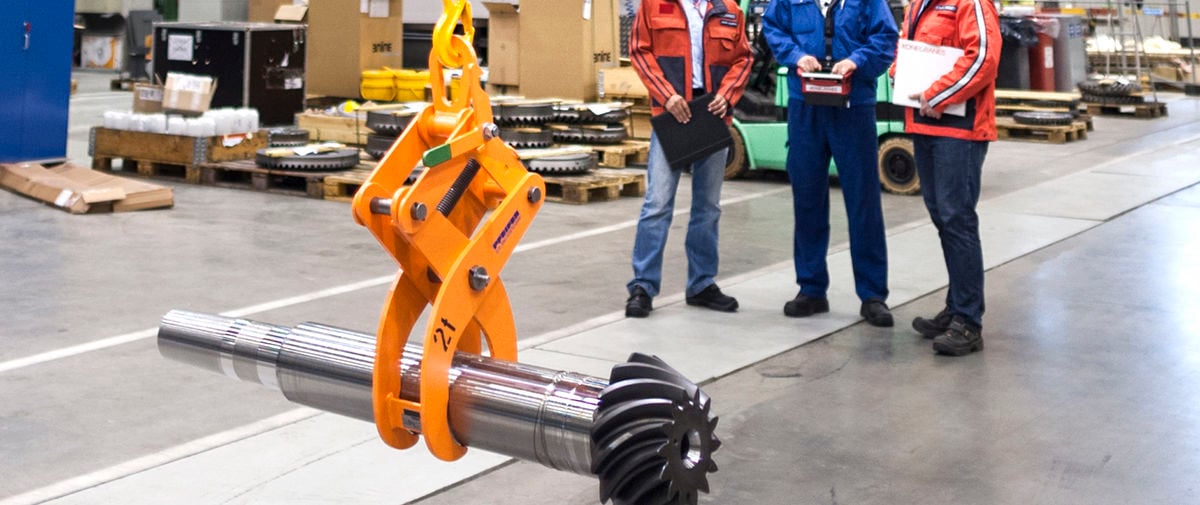Article
How to choose the right lifting attachment for your load
Most overhead cranes can accommodate any number of lifting attachments. As long as they fit the hook and don’t exceed the capacity of the crane, various lifting attachments are likely to work in the short term. But just because a lifting attachment appears to be doing its job, that doesn’t mean its performance is optimal.
Mark Sadler, Technical Instructor
In fact, imperfect attachment and load pairings can cause dangerous, not to mention expensive, errors. For example, when lifting round roll stock with a lifting attachment the operator must select pads according to the diameter of the load. If the operator chooses the wrong diameter type pad the load is far more likely to slip and fall, putting workers at risk and halting productivity.
Training is the key to choosing the right lifting attachment
When lifting-related catastrophes occur, human error is usually to blame. As in the example above, most slips happen when crane operators don’t fully understand their equipment and the forces acting on it. Especially as older, more experienced operators begin to retire, many workers simply don’t have the knowledge they need to prevent accidents from happening. For this reason, it’s imperative that employees receive a thorough education in choosing, and using, the right lifting attachments for their loads.
At Konecranes, we offer training specifically designed to address lifting attachment optimization and safety. We also evaluate customers’ established operations. During onsite visits, we assess load and lifting attachment compatibility and safety and teach workers how to use and inspect equipment. When necessary, we suggest improvements, such as developing custom lifting attachments for irregular loads such as engines, windshields, car doors, etc., or adapting standard models.
Learn more about crane operator training
